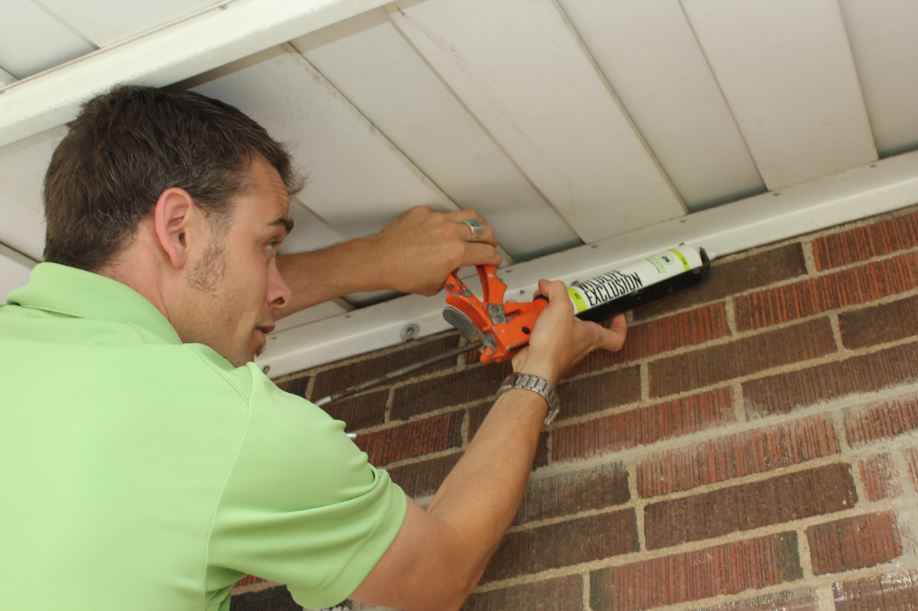When talking to wildlife control in Okanagan about mice, the persistence and pervasiveness of the species become clear. Mice are small creatures with an aptitude for finding their way into even tinier spaces. The average mouse can fit through an opening the width of a pencil.
Beyond their ability to fit into tight spaces, the animal reproduces at an alarming rate. The gestation period of a mouse is 19 to 21 days, and the animal can become pregnant immediately after giving birth.
An average litter is between five and six pups, but some can have as many as 12. A typical mouse can give birth five to 10 times per year; that means a male and female mouse is responsible for producing between 25 and 120 mice per year. An infestation can quickly reach the thousands if not corrected or resolved.
The best solution for a mouse infestation is prevention. Experts warn that most infestations start from minor lapses in home maintenance, and they encourage homeowners to focus on four methods to keep mice out.
1. Repair Damaged Window Screens
Like all animals, mice search for food, shelter, and water. Whenever possible, they want these necessities to come with as little effort as possible. A damaged screen is the perfect entry point into your home. The mouse does not have to do much to squeeze through the opening, making its way inside.
Remember, a mouse does not need a wide opening to get inside your home. A pencil-sized hole in a screen is all the animal needs to get inside.
Every spring, it is best for homeowners to check all window and door screens. Look for minor imperfections that might leave enough of an opening for a furry little critter. If there are any openings, it is best to repair or replace the screen. If a damaged screen is left for the spring, summer, or fall, you might need to call a mice removal service to inspect your property and ensure there are no little critters inside.
2. Eliminate Moisture
Mice need water to survive like all living things, but not a lot. An average mouse only needs 4 ml of water per day. A small leak in a supply line or a dripping faucet can provide more than enough water for a mouse.
Also, depending on your plumbing lines, a mouse can chew an opening for access. Mice are incessant chewers. Their teeth continuously grow, meaning chewing is essential to keep them from penetrating their jaw and skull.
You should have your home’s plumbing inspected at least once every two years. However, receiving annual assessments can often catch damage and issues before they become massive problems.
You might also want to invest in a dehumidifier to eliminate as much excess moisture as possible. Moisture levels should rarely reach over 50%.
3. Store Food in Airtight Containers
Cereal, bread, pet food, chips, etc., all represent food items that come in penetrative material. Because mice are prolific chewers, homeowners must do everything they can to prevent mice from chewing through their belonging, especially food. If a mouse finds a stable food supply, it becomes more challenging to evict them.
Foods in vulnerable packaging should be stored in airtight containers. The airtight seal helps eliminate the food’s scent, keeping mice at bay.
4. Seal Entry Points
Walk your property looking for any potential entry points for mice. Gaps around plumbing, cracks along the foundation, or broken vents around the roofline are all possible entries for mice and other wildlife. Seal all vulnerable entries as they occur, but refrain from sealing anything if you suspect mice are already in your house.
Contact a wildlife service if you think mice made it inside your Okanagan house. Call Skedaddle Humane Wildlife Control to inspect and assess your property for signs of mice.



